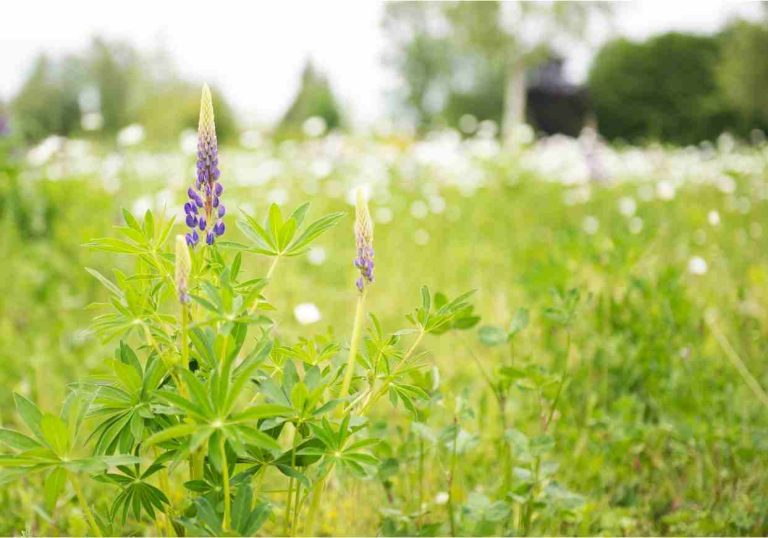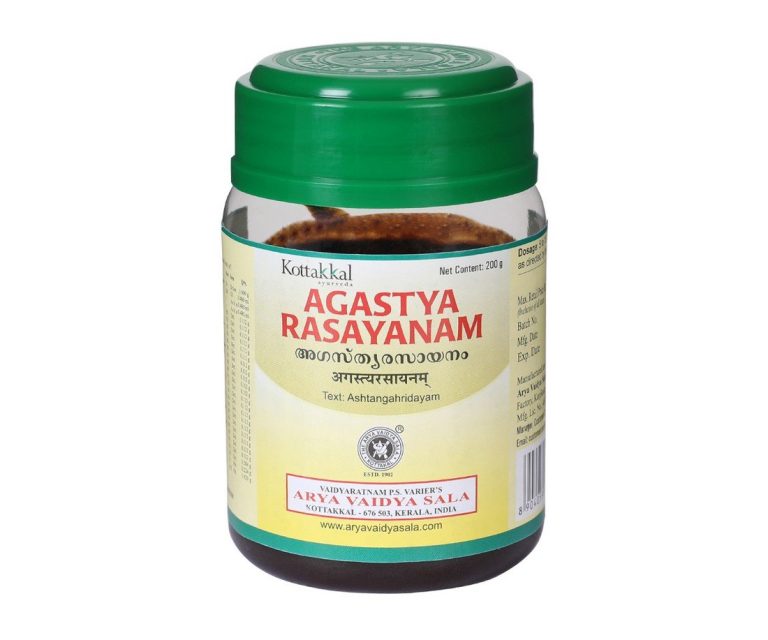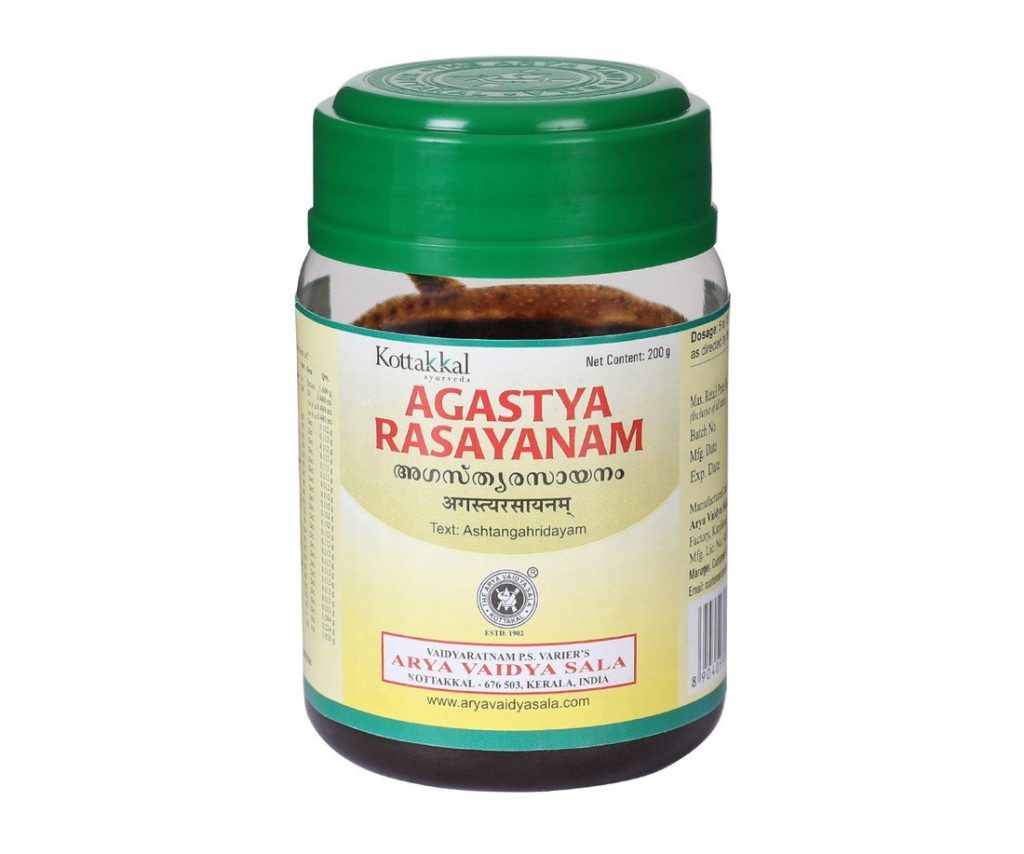
Are you wondering how to use the Vatsanabha plant? In this article we will discuss its Ayurvedic uses and benefits. Read on to learn Vatsanabha plant toxic properties and methods of purification, So as to prepare a medicine out of it. Here are some benefits of vatsanabha:
Table of Contents
Vatsanabha Plant in Ayurveda
The medicinal roots of the Aconitum ferox plant are used for a number of different ailments in Ayurveda. The roots are first boiled for about three hours to remove the plant’s toxic properties. Milk is considered to be the most effective medium for removing the blue aconite poison. This herb is also used as a rasayana, or “medicine” in Ayurveda. It is also used to balance the three doshas – Vata, Pitta, and Kapha – and is a cardiac tonic.
The Aconitum ferox plant is a poisonous herb used in many Ayurvedic medicines. Its common name is “Indian aconite,” but there are many other names for this plant, including Himalayan monk’s hood. It is a plant native to India that is found in the Himalayan mountain range. Though it is considered to be a poison, its medicinal properties are well known.
uses of vatsanabha plant
Ayurveda uses the root as a rasayana after proper purification processes, which balances all three doshas. The root is considered an anti-inflammatory and cardiac tonic.
Karma of Vatsanabha Includes
- vathakaphahara
- -jwarahara
- -jangma
- -vishahara
- -madakary
- -kushtagna
- -vedanasthapaka
- -sodhahara
- -depana – pachana
- -hridya
- -sukrasthambana
- -mootrala
- -arthavajanana
- -Amavaathagna
- -sandhivathahara
- -vyavay
- -swedala
but it should be noted that misuse of this herb can lead to severe and life-threatening side effects.
Benefits of vatsanabha plant in Ayurveda
Vatsanabha is an herb that is native to India, and is commonly referred to as Indian aconite and Monk’s hood. It is a diaphoretic and antipyretic, and is the primary ingredient in most ayurvedic medicines. Although it is poisonous, it is often used to treat various ailments, from allergies to rashes.
The roots of the Vatsanabha plant are boiled for three hours to remove the blue aconite poison. In Ayurveda, this herb is a rasayana and helps balance the Vata, Pitta, and Kapha dosha. Vatsanabha is also an anti-inflammatory and cardiac tonic.
THERAPEUTIC USES
Shirashoola: yeshtichurna 1 thola&vatsanabha powder 2.5g is used as pradhamananasya in a dose of 1 sarshapa mg.
Shoola:pippali, pippalimoola & vatsanabha choorna are mixed in equal proportion
Ayurvedic Medicinal preparation with vatsanabha
Ayurvedic medicinal preparations with Aconitum ferox plant are a class of herbomineral and poly herbal products. These plants are derived from the aconitum ferox plant, found in the temperate and alpine regions of the Himalayas. This plant is considered highly toxic, but has many uses in ayurveda after proper purification. The term “dravya” means substance, while “rasa” means quality, potency, or taste. In addition, Aconitum ferox is used as a digestive and anti-inflammatory, and is used in treating inflammation and headaches.
Aconitum ferox is the plant known as vatsanabha. It is used to treat a variety of ailments, including fever and allergy symptoms. The medicinal properties of vatsanabha were first discovered in the 17th century, when the aconitum plant was grown in India. It is a plant that is poisonous, so it’s important to make sure the preparation is made with safety in mind.
vatsanabha research works
Vaidya Bapalal reported that Dr. Kartika Chandra Basu created a case of leprosy by administering low dose (10grains/clay) of vatsanabhi and cured it
It is documented that unless the skin is sound a dangerous quantity may be absorbed systemically even when applied externally as liniment.
The compound is an antipyretic, antirheumatic, and digestive agent. It is also a natural antipyretic and is applied to reduce pain and inflammation. A few other species of this plant have been studied for their potential medicinal uses.
Researchers from the Indian Academy of Forestry and Agriculture (IAFA) have confirmed that the herb contains the antiallergenic and antispasmodic properties. The herb contains several phytoconstituents, including chasmanine, indaconitine, and bikhacontine. Vatsanabha is regarded as a rasayana drug and is used in traditional herbal medicines such as Jirnajwara.











